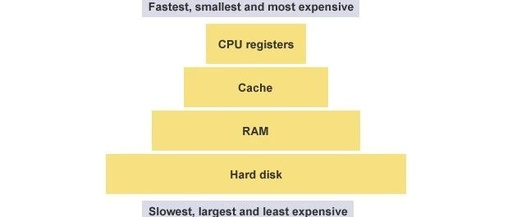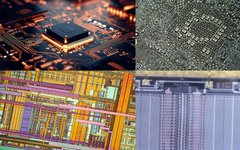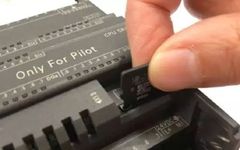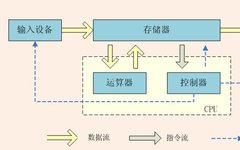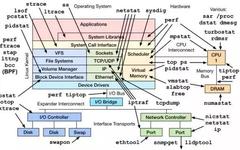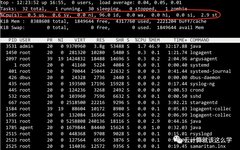Introduction to Assembly Language: Underlying Principles
Author: Ruan Yifeng Link:http://www.ruanyifeng.com/blog/2018/01/ Code Farmer’s Way High-Quality Technical Article Directory of Code Farmer’s Way (Click Me) About Code Farmer’s Way (Click Me) Learning programming is essentially learning high-level languages, which are designed for humans. However, computers do not understand high-level languages; they must be converted into binary code through a compiler to run. Knowing … Read more
